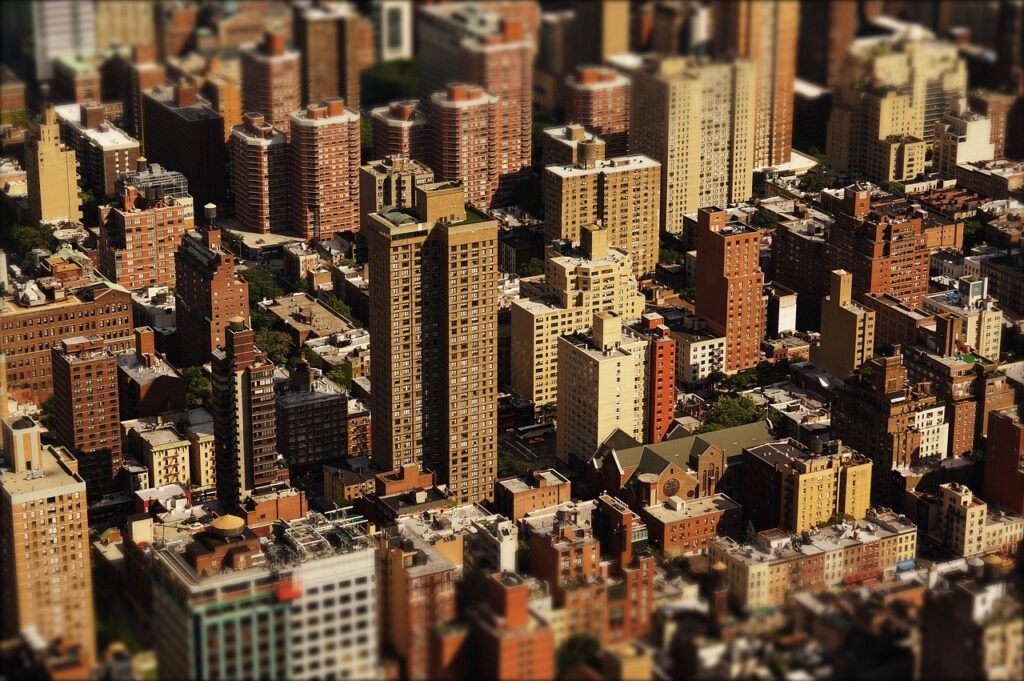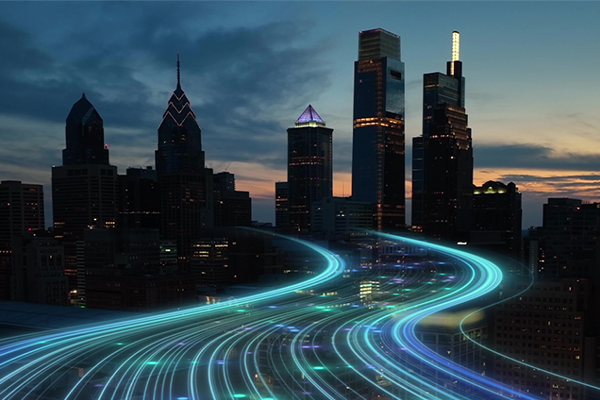Gurugram, one of India’s hottest real estate destinations, is poised for a significant shift in 2025. The Haryana Government has recently approved a steep hike in External Development Charges (EDC), a move that is expected to impact property prices across the state—especially in high-demand urban centers like Gurugram. With EDC rates rising by 20% starting January 1st, 2025, and a subsequent 10% annual increase, both developers and homebuyers may find themselves reevaluating their strategies.
Let’s break down what this means for the real estate market, how it could influence property prices, and what prospective buyers and investors should watch out for.

What Are External Development Charges (EDC)?
EDC refers to the fees collected from real estate developers by the government to fund external infrastructure projects. These charges help finance essential developments outside the boundaries of real estate projects—such as roads, drainage systems, electricity, water supply, and sewage lines.
The Department of Town and Country Planning (DTCP) calculates these charges on an area-wise basis, depending on the development potential of the locality—whether it’s residential, commercial, industrial, or mixed-use.
The last major revision of EDC rates in Haryana occurred back in 2015. Since then, there had been no hike—until now.
The New EDC Policy: What’s Changing?
Under the newly approved policy:
- A one-time 20% increase in EDC will be implemented starting January 1, 2025.
- An annual 10% increase will be introduced from that point onward.
This decision is aimed at mobilizing more funds for infrastructure development, which the state argues is critical to keep pace with rapid urbanization. However, industry stakeholders fear that this move might have unintended consequences on affordability and market sentiment.
Gurugram: Ground Zero for the Impact
Gurugram stands to be the most affected by this EDC hike. As one of the most rapidly developing urban hubs in the country, property prices in the city are already on the higher end of the spectrum. Currently, EDC contributes approximately 7-8% of a project’s total development cost. With the proposed hike, this share is expected to grow significantly, making homes more expensive.
For developers, the added cost may squeeze profit margins. And as history shows, such costs are usually passed on to buyers. This will especially affect first-time homebuyers and middle-class investors looking to enter the Gurugram real estate market.
Industry Experts Voice Concern
Several real estate leaders and industry experts have criticized the government’s decision.
Pankaj Jain, President of the National Real Estate Development Council (NAREDCO), Haryana, shared his apprehension regarding the 10% annual increment. He emphasized that such a continuous hike will impose a substantial financial burden not only on developers but also on end-users. Jain reminded that around 2015-2016, developers had nearly stopped applying for licenses due to prohibitively high EDC rates, which led the government to pause future hikes for almost eight years.
Jain believes the government should revisit its approach. He pointed out that despite developers and homebuyers having paid thousands of crores in EDC over the years, the city’s infrastructure—particularly roads—remains underdeveloped.
Another Gurugram-based real estate expert, Vinod Pal, echoed similar concerns. He argued that the real estate market is already grappling with affordability issues. With Circle rates (the minimum property registration prices) recently revised upward and market prices already peaking, the added EDC burden could deter both investors and buyers. He cautioned that a high-interest rate environment combined with elevated property prices is a recipe for market slowdown.
Why Is the Government Implementing This Hike?
According to government spokespersons, the current EDC structure is outdated. The charges had been based on a policy adopted in 2015, and the rates have not been revised for the last eight years. They argue that updating these rates is necessary to keep up with inflation and rising infrastructure costs.
Before 2015, EDC rates were increased annually, making the latest update a return to past practices. The objective is to generate enough revenue to significantly improve infrastructure in fast-growing urban and semi-urban zones across Haryana.
Implications for Buyers and Developers
For Buyers:
- Higher property prices: Developers are likely to pass on the increased EDC costs to homebuyers.
- Reduced affordability: With rising Circle rates and property prices already high, the cost of home ownership will rise further.
- Timing is key: Buyers looking to invest in Gurugram may consider finalizing their purchases before January 2025 to avoid the impending cost hike.
For Developers:
- Profit margin pressures: Developers may face financial strain as project costs rise.
- Reduced project viability: Especially in the mid and affordable housing segments, increased EDC may deter new project launches.
- Potential market slowdown: High development costs could delay or limit new construction activity in 2025 and beyond.
Will This Lead to a Real Estate Slowdown?
Many experts predict a slowdown in Gurugram’s real estate market beginning in early 2025. The compounded effect of increased EDC, revised Circle rates, and elevated borrowing costs is expected to limit both supply and demand. Developers might adopt a more cautious approach, while buyers may delay purchase decisions until the market stabilizes.
However, long-term investors with a strong financial base may still find opportunities. Infrastructure improvements—if effectively implemented using the increased EDC collections—could enhance property values over the long run, especially in underdeveloped pockets.
Strategies for Buyers and Investors
If you’re planning to invest in Gurugram’s real estate market, here are a few strategic tips to consider:
- Act before the hike: Lock in property deals before January 1, 2025, to avoid paying the increased EDC indirectly.
- Focus on value-for-money locations: Explore emerging sectors in Gurugram where infrastructure is improving but prices are still relatively reasonable.
- Scrutinize project costs: Ensure transparency in how developers incorporate EDC into pricing.
- Monitor infrastructure updates: Keep an eye on whether the increased charges are translating into actual improvements in roads, drainage, and utilities.
While the Haryana government’s decision to hike EDC rates is driven by the intent to upgrade infrastructure, the immediate impact on Gurugram’s real estate market will be significant. Buyers and developers must prepare for rising costs and potential market deceleration.




